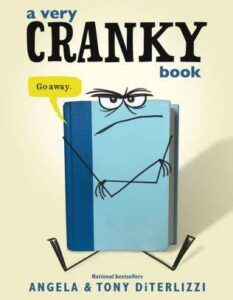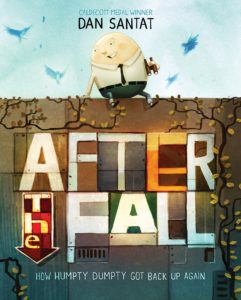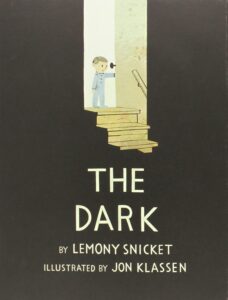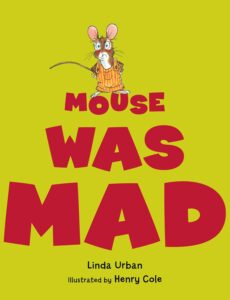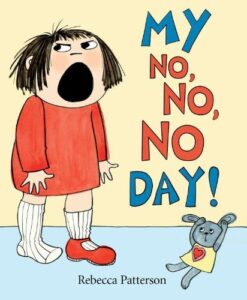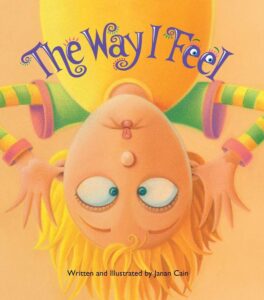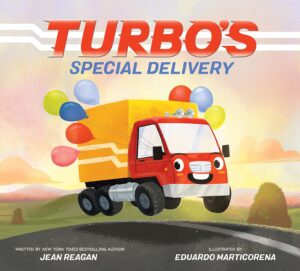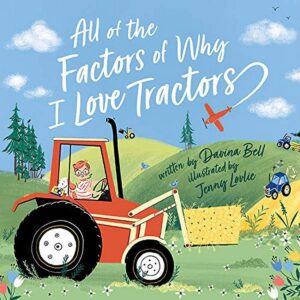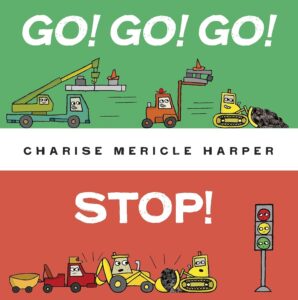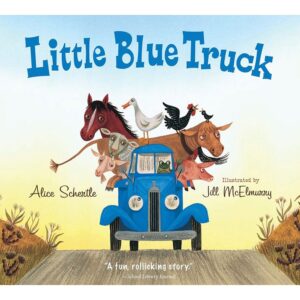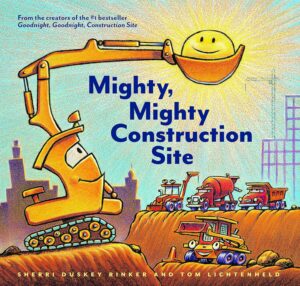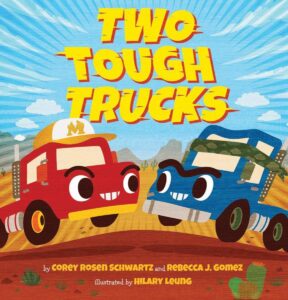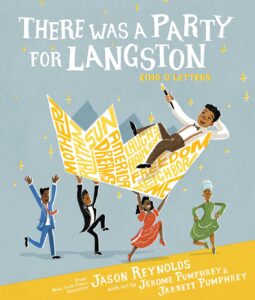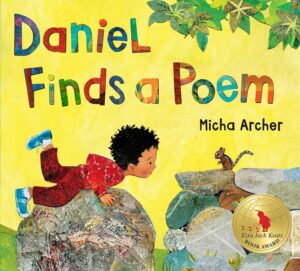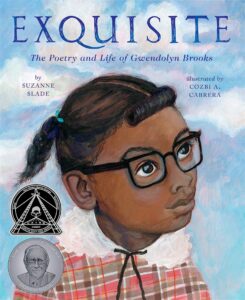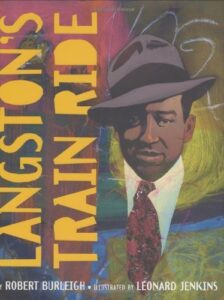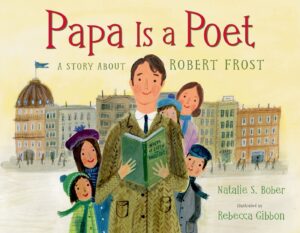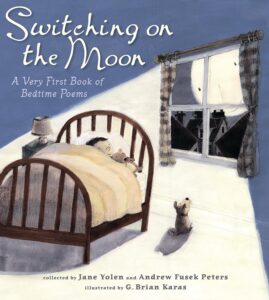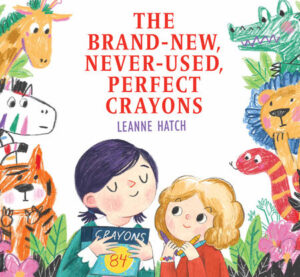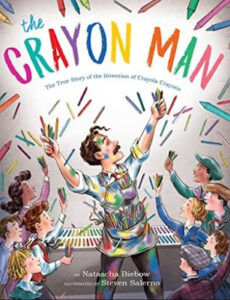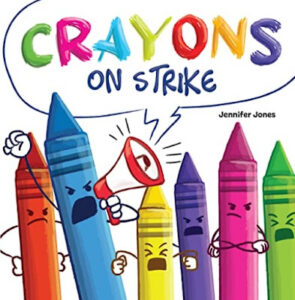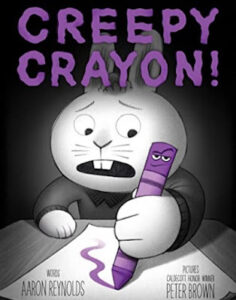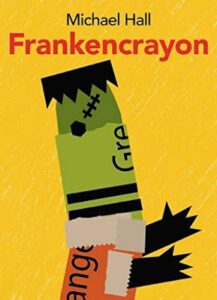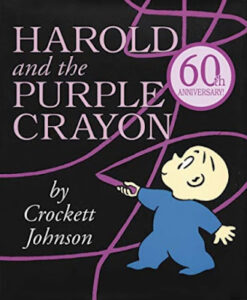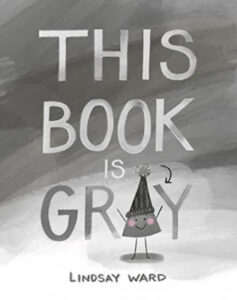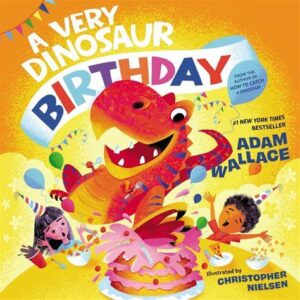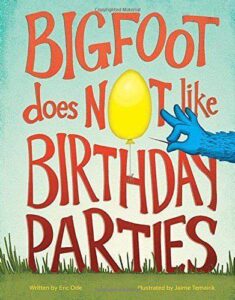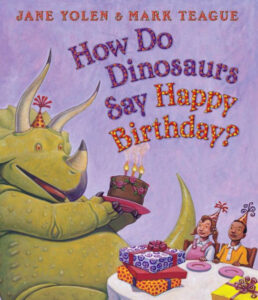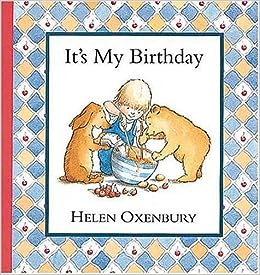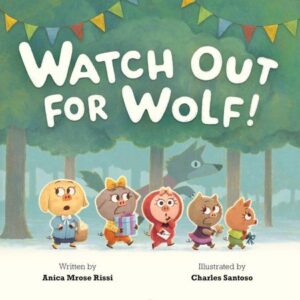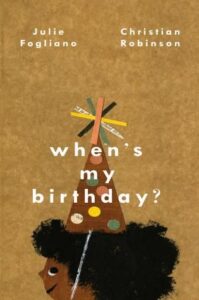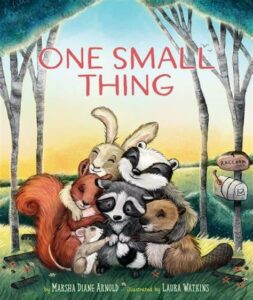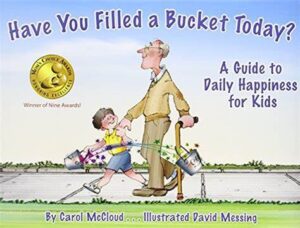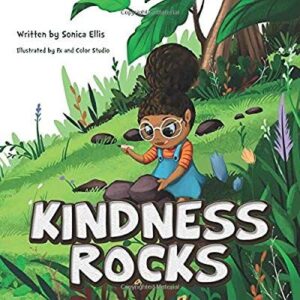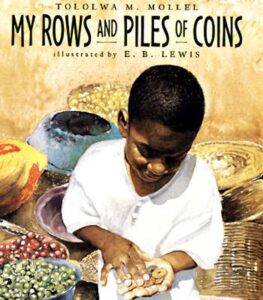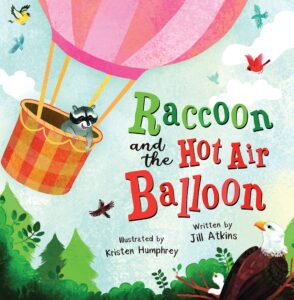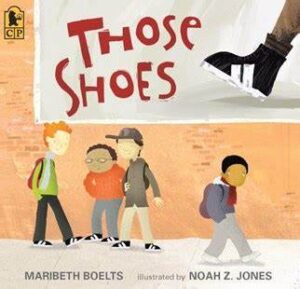A Very Cranky Book
Author: Angela DiTerlizzi
Illustrator: Tony DiTerlizzi
19 September 2023
Quill Tree Books
40 pages
Book description from Goodreads: “The first picture book collaboration from bestselling husband-and-wife team Tony and Angela DiTerlizzi is the charmingly irreverent tale of a very cranky book … who might not be so cranky after all.
Are you ready to meet the world’s crankiest book?
Cranky doesn’t want to be read. He just wants you to leave him alone. After all, there are so many other things you can do–ride a bike, play a game, or draw a picture. There’s no reason for you to be bothering him! But when other books show up for story time, will Cranky change his mind?”
Need some reviews for A Very Cranky Book?
As a bonus, here’s an interview from Publisher’s Weekly with the creators about this book.
Educational Activities inspired by A Very Cranky Book:
- Before Reading–From looking at the front cover:
- What do you think the story might be about, based on the title and cover?
- The book character on the front cover says “Go away!” What makes you want to NOT go away and read this book instead?
- What do you know about crankiness? What does it mean to be cranky? What makes you cranky?
- What emotion is the book character on the back cover feeling? Is that crankiness or something else?
- What questions would you like to ask the author–or the illustrator!–before reading the book?
- After Reading–Now that you’ve read the story:
- Was reading this book the “worst idea in the history of ideas?” Why/why not?
- How serious is the book character when he tells you to walk away, keep walking, and don’t come back? How can you tell?
- How did you react when so many book friends showed up for story time?
- Why did the cranky book finally choose to join story time?
- Was there a moment in the book that surprised you?
- What was your favorite part of the story, and why?
- Do you believe the cranky book will be more cheerful in the future? Why/why not?
- Would you suggest this book to a friend? Why/why not?
- Cranky Book Storyboard: Using large paper, draw a sequence of scenes from the book, capturing its key moments. In each scene, focus on the emotions of the characters, especially the cranky book. Use speech bubbles to add dialogue from the story or create your own!
- Emotion Wheel Craft: Make an emotion wheel showing different feelings like cranky, happy, scared, and excited. Use the cranky book’s face as a model/guide and draw expressions for each emotion. Spin the wheel and act out or discuss times you’ve felt each emotion.
- Story Retelling with a Twist: Retell the story from the point of view of a different character, like the green book with the monster face or the pink fairy-tale book. How might they have seen the events differently?
- A Cranky Book Cover: Design a new cover for A Very Cranky Book. Think about how you would represent the cranky book and other characters, and what elements you’d include to show the story’s theme.
- Further Reading: A Very Cranky Book deals with the important topic of emotions. Here are some other picture books that also explore emotions in various ways. Which of these have you already read? Which of the others would you want to read first? (Click on any book cover for more information on these titles!)


